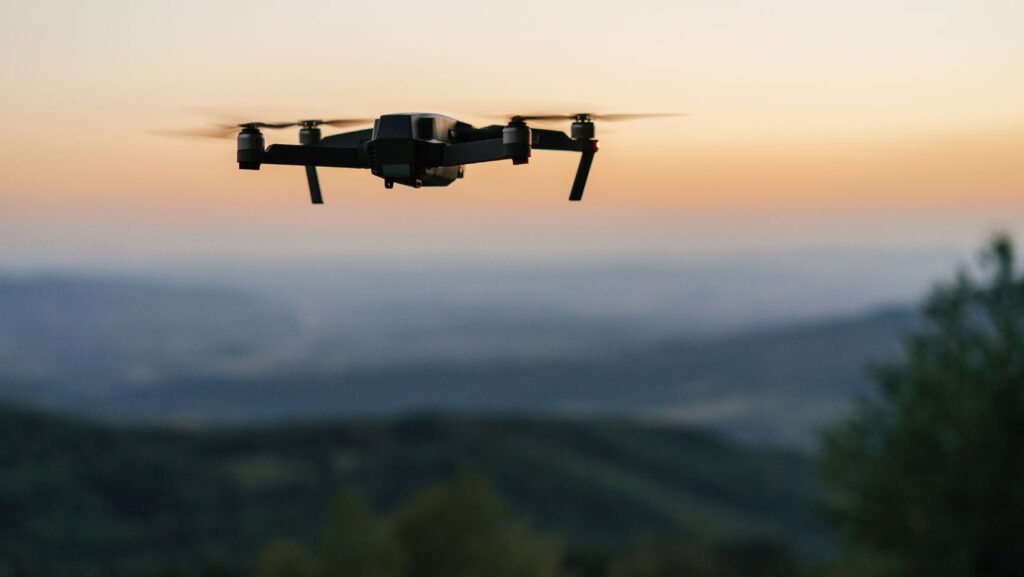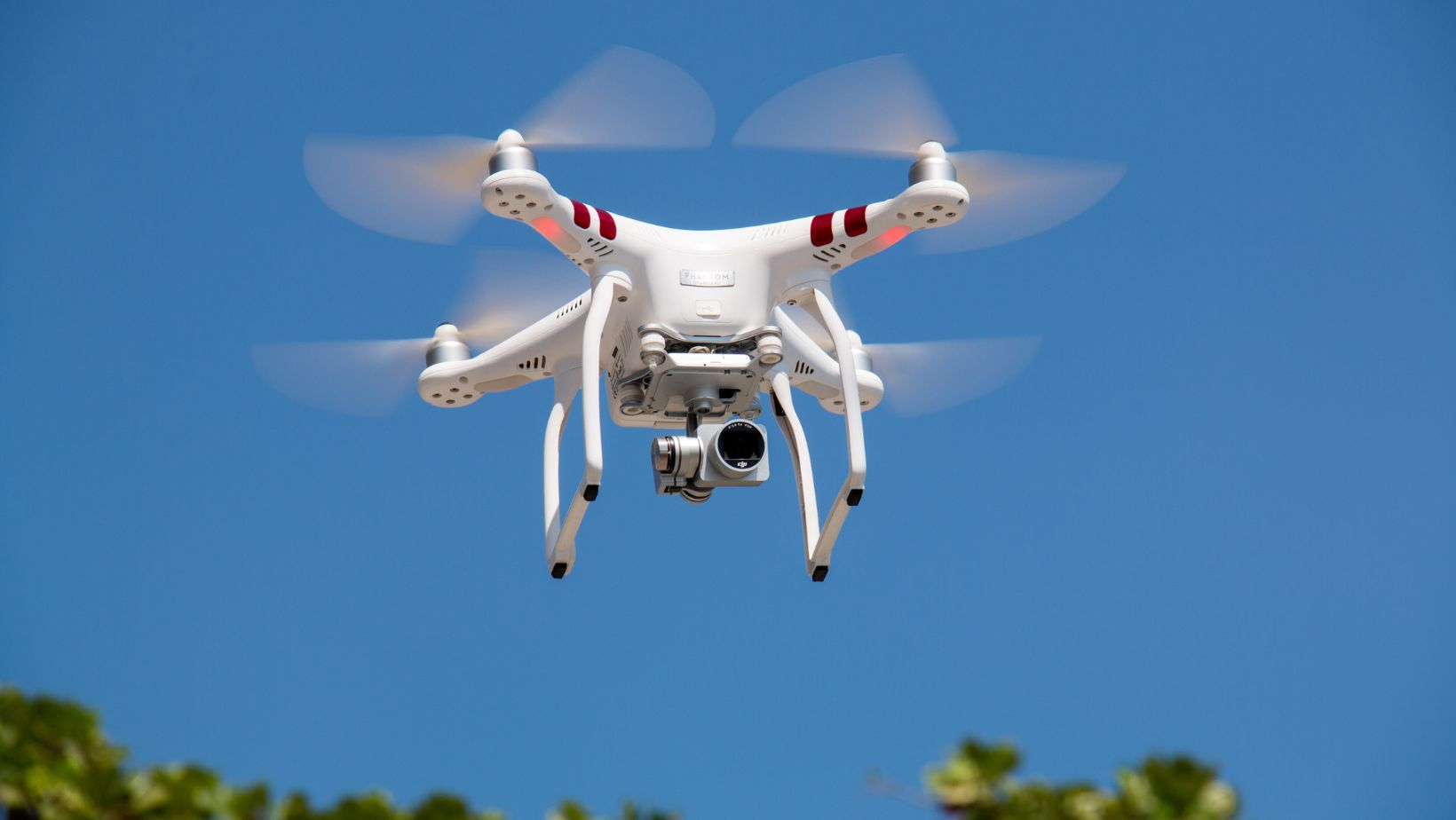
The evolution of drone technology has transformed how organizations handle inspections, particularly in challenging and remote environments. Among these advancements, docked drones have emerged as a revolutionary tool, offering automated solutions that eliminate the need for constant human oversight. With their ability to operate independently and provide detailed insights, they are paving the way for more efficient remote monitoring systems.
For instance, brands like Skydio have Dock, which not only enhances inspection accuracy but also saves valuable time for organizations managing critical assets. As the demand for reliable and scalable solutions grows, docked drones are leading the charge in redefining inspection protocols. Read on to learn more about them.
Enhancing Remote Asset Monitoring
Docked drones bring a new level of precision to remote monitoring. These systems are designed to remain stationed at specific locations and activate as needed, providing seamless oversight of critical assets. By delivering consistent and reliable coverage, they enable stakeholders to identify potential risks early, reducing downtime and operational disruptions. Additionally, these devices ensure that asset health is monitored around the clock, enabling swift responses to anomalies. Their ability to function autonomously makes them an integral part of any comprehensive remote monitoring strategy.
Streamlining Inspection Processes
Traditional inspection workflows often require substantial time and manpower. Docked drones simplify these processes by automating inspections, collecting data, and returning to their base without human intervention. This automation minimizes delays, ensuring that even complex operations are conducted quickly and with greater accuracy. These devices can inspect intricate details that might otherwise go unnoticed, further improving the quality of assessments. Their deployment drastically reduces the need for on-site personnel, enabling organizations to allocate resources more effectively.
Improving Safety in Remote Operations
Operating in hazardous or inaccessible locations poses significant risks to human workers. Docked drones mitigate these challenges by taking on tasks in environments that might otherwise endanger personnel.

From inspecting industrial structures to surveying rugged terrain, these drones ensure critical inspections are completed without compromising safety. They reduce the frequency of accidents associated with high-risk inspections, contributing to better compliance with safety standards.
Achieving Real-Time Data Acquisition
The ability to collect and analyze information in real time is a key benefit of using docked drones. Equipped with high-resolution cameras and sensors, they transmit detailed data instantly to central systems, enabling teams to make informed decisions. This immediacy enhances responsiveness, especially during emergency situations. Real-time data acquisition minimizes guesswork and ensures that critical insights are accessible when needed. The availability of live updates allows organizations to optimize their workflows and stay ahead of potential issues.
Reducing Operational Costs
One of the most compelling advantages of docked drones is their cost-effectiveness. By reducing the reliance on manual labor and expensive equipment, these systems streamline operations and optimize resources. The lower maintenance costs and reduced downtime further contribute to their financial benefits. Organizations can allocate their budgets more efficiently, focusing on strategic improvements rather than reactive measures. Over time, the cost savings achieved through docked drone utilization can significantly enhance an organization’s bottom line.
Ensuring Continuous Surveillance
Docked drones are engineered to function in various weather conditions, ensuring uninterrupted operations. Their durable build and protective docking stations allow them to withstand rain, wind, and temperature fluctuations. This resilience guarantees consistent coverage, even during adverse environmental changes. They offer unmatched reliability for long-term monitoring and surveillance in dynamic climates. By ensuring operational continuity, docked drones prove to be indispensable for industries relying on consistent asset supervision.
Facilitating Beyond Visual Line of Sight Operations
Remote operations often require drones to operate beyond the pilot’s visual range. Docked drones excel in such scenarios and are equipped with advanced navigation systems and automated responses to obstacles.

Their ability to function autonomously expands their reach, making them indispensable for large-scale inspections. These capabilities allow organizations to monitor vast areas that would otherwise require substantial resources. They also facilitate compliance with regulatory requirements for extended-range operations.
Expanding Operational Reach
The integration of docked drones into broader network systems allows for expanded operational reach. Reputable brands like Skydio have Dock technology that enables these drones to be controlled and monitored remotely, ensuring that even the most distant or inaccessible assets are thoroughly inspected. This connectivity bridges the gap between centralized management and field operations. By eliminating geographical barriers, docked drones ensure comprehensive oversight. Their ability to integrate into complex networks makes them vital for large-scale operations.
Key Considerations for Selecting Docked Drones
When purchasing docked drones, several factors should be evaluated to ensure they meet specific operational needs:
- Automation Capabilities: Look for models that offer advanced self-navigation and automated task execution.
- Weather Resistance: Choose drones with robust designs suitable for harsh environments.
- Data Integration: Ensure compatibility with existing systems for seamless data sharing.
- Battery Life: Prioritize drones with extended operational duration for uninterrupted tasks.
Docked drones have redefined the possibilities of conducting inspections in remote settings. Their autonomous capabilities, resilience, and seamless integration make them an invaluable asset for modern organizations. These advancements not only enhance efficiency but also significantly reduce operational risks in challenging environments.










